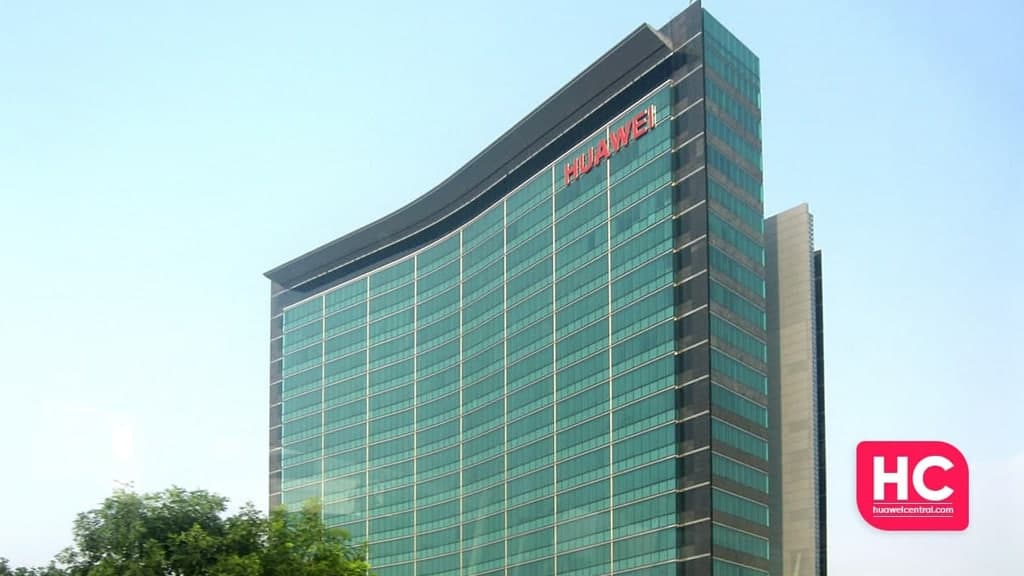News
Huawei building low-carbon, efficient, and intelligent all-optical target network

Huawei Optical Product Line President- Richard Jin talks about Huawei’s all-optical target network strategy at Asia-Pacific Target Network Conference in Thailand. He said the optical transmission will lead to a more energy-saving transmission technology.
Therefore, Huawei is working to build a low-carbon, efficient, and intelligent all-optical target network ecosystem. It’s a key factor in evolving the digital economy. Let’s take a deep dive on this matter closely-
Why all-optical target networks will be needed:
Looking at the large-scale deployment of 5G, the wireless traffic shows a greater increase. If it remains the same then in the next four years average monthly data usage per user will reach 28 GB. Only the all-optical target network can provide higher bandwidths to satisfy the demand.
The pandemic accelerated digital adoption and the majority of people choose online education and work. Furthermore, 85% of enterprise services will be migrated to the cloud. To maintain this, we need high-quality connections between services and the cloud, and the FMC (fixed-mobile convergence) provides the best options.
These are correlated with an all-optical target network that works in two aspects of multiple services and cloud. President Jin further explained all-optical target network is the basis of all services and we’ll be getting the following benefits from it-
- High-quality private lines
- 2C/2H bearing
- Promoting operators’ revenue
- E2E all-optical target network
- One-hop transmission at the optical layer
- Minimum latency of 1ms

Related: Huawei 2021 NGON & Huawei Optical Innovation Forum set for 27th Sept
Asia-Pacific operators and Opportunities:
Moving ahead, the Aisa Pacific operators are benefitted in three ways from adopting an all-optical target network. It can be seen in both the native broadband market and enterprise market.
- Bandwidth upgrade: the fiber coverage made it possible to switch over 500 Mbps from 100 Mbps or even reached 1 Gbps. the AirPON solution is used to deploy OLTs at mobile sites in the Philippines. It reduces the FTTH distance, 70% of TTM and ROI period from six years to three years.
- Network upgrade: Fiber to the room (FTTR) extends gigabit Wi-Fi to every corner at home. In China, more than 70,000 residences have deployed the HomePON solution, which increases the Wi-Fi rate by 10 times and the ARPU by 33%.
- Service upgrade: The low latency derived in the E2E boosts the user experience with its high-end core services. The ARPU (average revenue per user) has raised by 10USD in Russian markets.
Enterprise Market and Opportunities:
The OTN (Optical Transport Network) is dominating the global market as they are deployed all around the world. The CMI provides low-latency and high-reliability OTN private networks in the Asia Pacific that result in 15 ms decreed latency from Kunming to Singapore.
Furthermore, P2P OTN private lines are popular for cloud migration and DC interconnection and lessen the TCO by 60% and TTM by 50% for ODN networks. It provides a way for small and medium-sized operators to quickly shift on a higher connection bandwidth and quality network.
At last, the Huawei president announced the OptiX SuperSite solution that integrates the (Optical Line Terminal) OLT+OTN solutions. This SuperSite has three advantages that are good enough to satisfy users’ demand for a decade.
- Super access to enable one site to cover all 2H/2B/2C services
- Innovative architecture to assures ms-level latency
- On-demand capacity expansion to reduce TTM by 90%
(Via- Huawei)






